What the EU Got Wrong About Sustainability
The EU says polyester is more sustainable than organic cotton. Here's why that's wrong.
TL;DR: Recent EU-backed sustainability tools suggest polyester is "greener" than organic cotton, but this assessment is based on flawed data that ignores microplastic pollution, end-of-life impacts, and industry bias.
You thought going green was simple. Ditch polyester, choose organic, and feel good about it. But what if the labels we trust, and even the legislation behind them, are getting it wrong?
Recent EU-backed sustainability tools and industry standards suggest that polyester, even recycled polyester, may be more "eco-friendly" than organic cotton. That sounds backwards, right? And it is. Here's what's really going on.
1. Sustainability Scores Are Built on Flawed Data
The most influential tool in this debate is the Higg Materials Sustainability Index (MSI), used by major brands and now feeding into EU policy frameworks like the Product Environmental Footprint (PEF).
But here's the catch:
"The Higg MSI data was likely to be false and untruthful."— Norwegian Consumer Authority (NCA), in a ruling against H&M and Norrøna
Why? Because Higg relies on global average data, much of it outdated or brand-funded. It doesn't include key phases like product use or end-of-life. That means it can paint polyester as "greener" simply because it's cheaper to produce in bulk, even if it sheds microplastics for years.
2. Missing the Microplastics Elephant in the Room
Polyester, recycled or not, sheds microplastics every time it's washed. These particles pollute our oceans, enter our food chain, and never fully break down. Yet, most lifecycle assessment tools don't account for this at all.
"The wearing and washing of textiles made from synthetic (plastic) fibers is one recognised source of microplastics in the environment."— European Environment Agency (EEA)
And here’s the scale of the problem: 37% of all microplastics in the ocean come from textiles. Polyester is the biggest culprit.
Compare that to plant-based materials like organic cotton, which are biodegradable and naturally break down without polluting ecosystems.
3. Bias in the Metrics
"The New York Times allegations were made on the basis that Higg data is outdated and funded by the synthetics industry."— Kim van der Weerd, Transformers Foundation
This quote cuts to the heart of the issue: If your data is funded by those who benefit from polyester, how objective can your sustainability scores really be?
Even the Sustainable Apparel Coalition (now Cascale), which manages the Higg MSI, admitted:
"Science isn't static, and neither are we."— Jeremy Lardeau, SAC Board Member
Translation? The tool is still evolving. So why are we building regulation and consumer messaging on something that isn't finished?
4. Regulation Is Catching Up, But Not Fast Enough
To its credit, the EU is trying. New policies like the Ecodesign for Sustainable Products Regulation (ESPR) and microplastics restrictions are starting to address product lifecycles and pollution. But many of these rules:
- 🔬 Still don't fully account for microplastic shedding
- 🏭 Let synthetic fabrics off the hook at end-of-life
- 🌱 Penalize natural fibers for needing water or land while ignoring their biodegradability
The result? A skewed narrative that synthetic equals sustainable. It's misleading.
5.Sustainability and Health Go Hand in Hand
True sustainability isn’t just about carbon or water use at the factory. It’s about how materials interact with our health and ecosystems long after production.
Organic cotton, especially when grown regeneratively and dyed with plants (like we do at AIZOME), supports:
- 🦋 Biodiversity and soil health
- 🌿 Skin health, by avoiding toxic chemicals
- 💧 Clean water systems
- ♻️ A circular, plastic-free economy
We don't use greenwashed metrics. We use plants, water, and science. And when our dyeing waste is so pure it becomes skincare, that's the real benchmark for clean production.
What You Can Do: Make Smarter Choices
Don't settle for recycled plastic disguised as progress. Here's how to choose truly sustainable textiles:
- 🔍 Look beyond sustainability labels, check the actual materials
- 🌱 Choose plant-based, biodegradable fibers when possible
- ❓ Ask brands about their end-of-life impact, not just production
- 💡 If you're still unsure, check the waste - it never lies
Demand better. Choose truly sustainable materials. And remember, if your sustainability label is based on synthetic averages, it might be hiding more than it reveals.

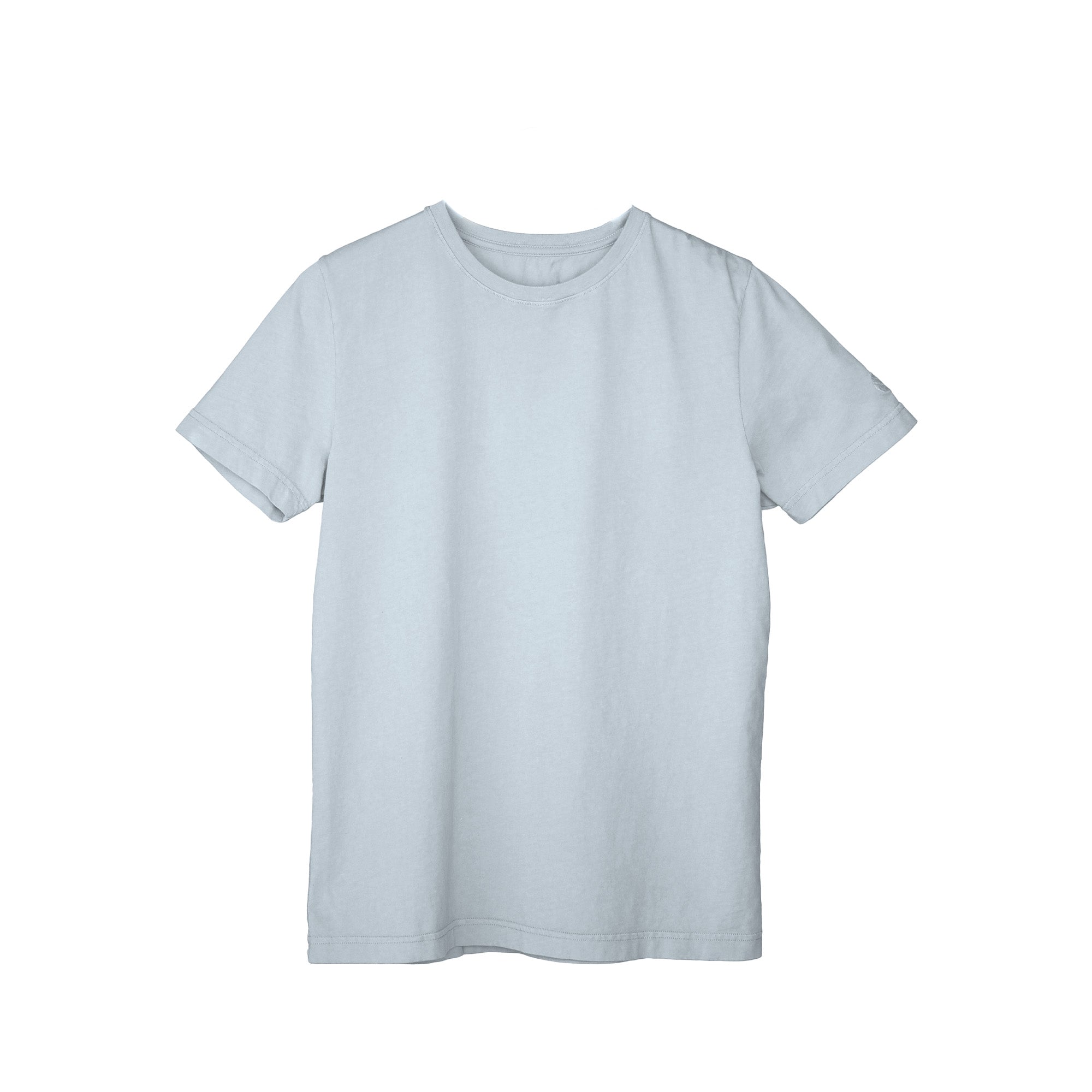

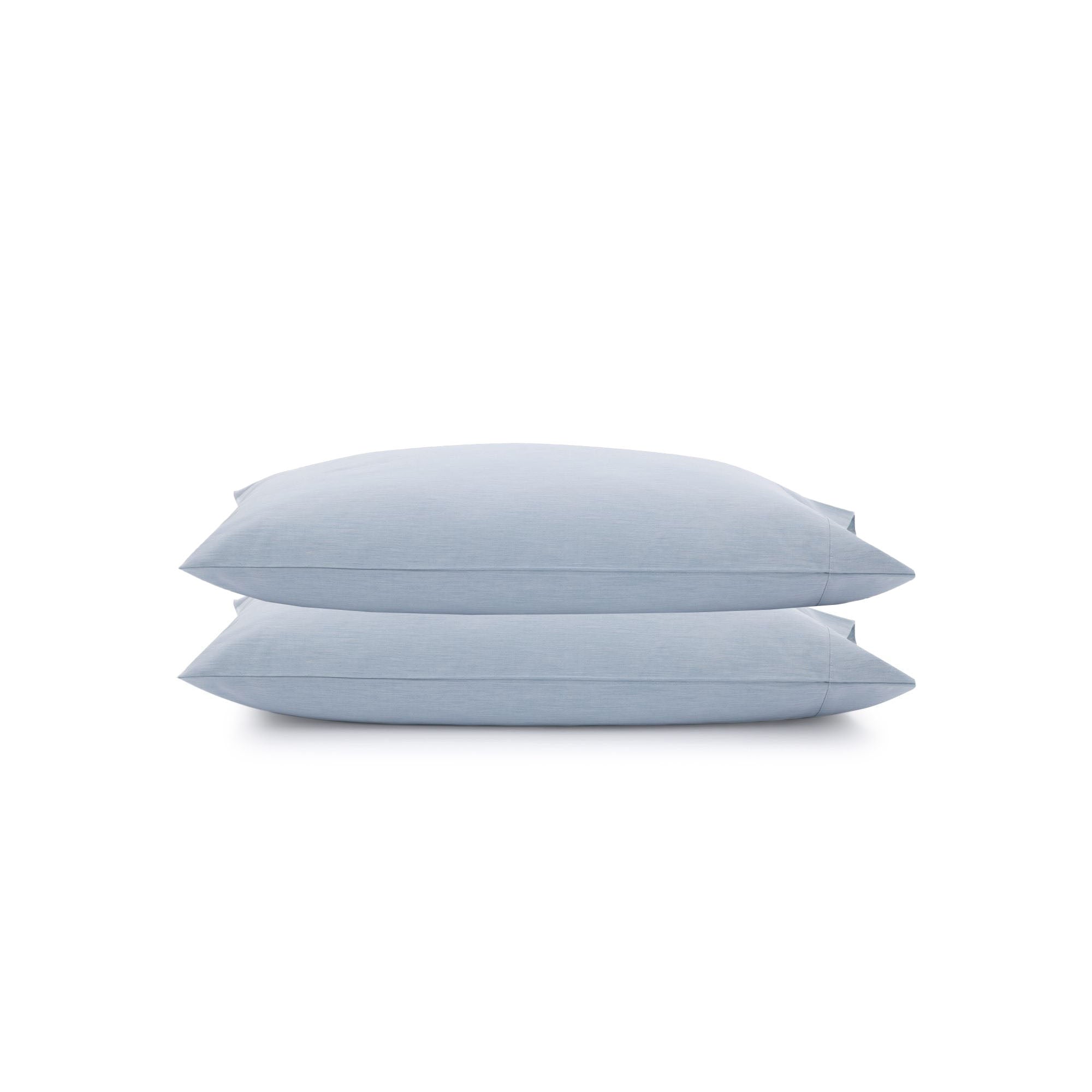
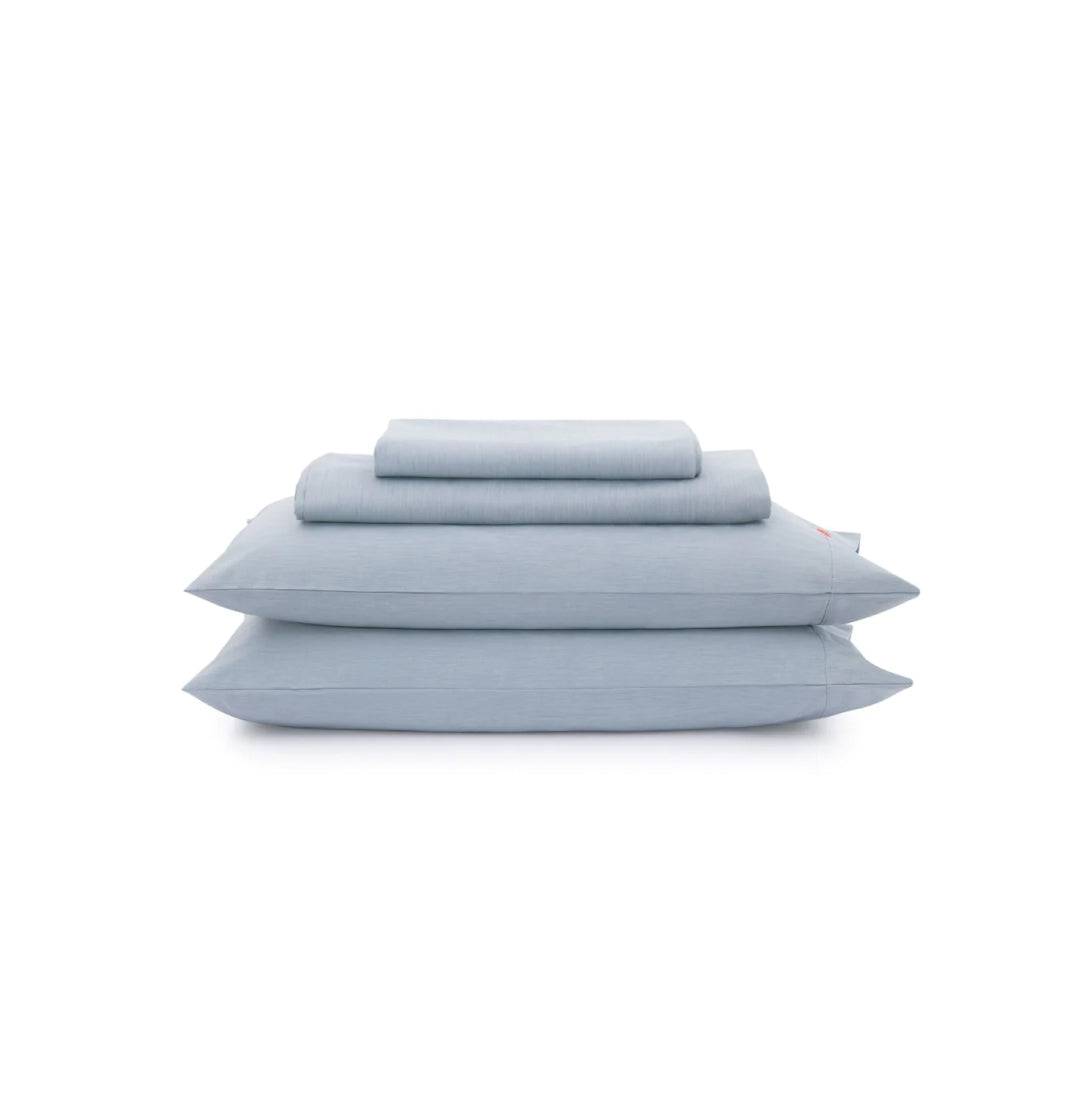
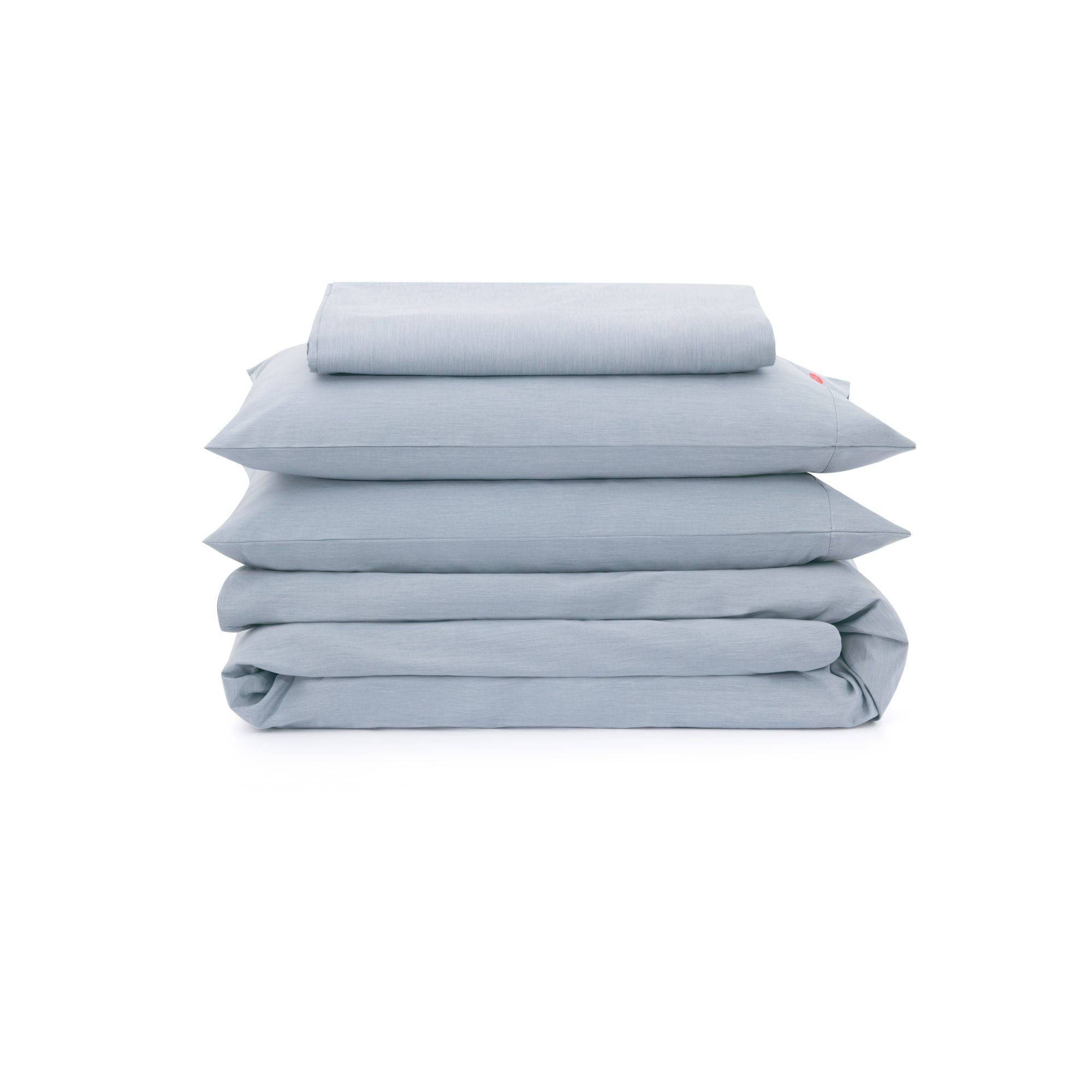
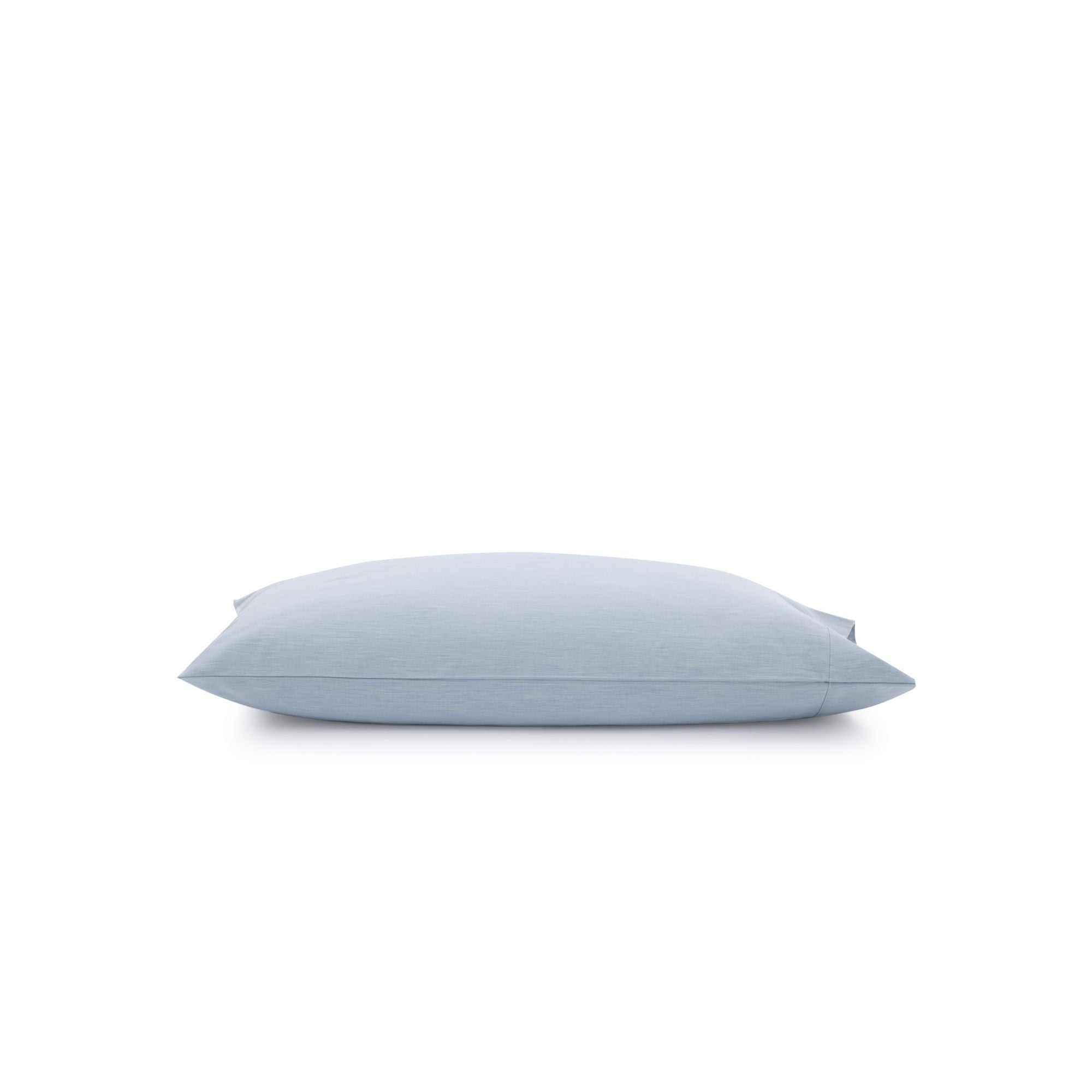
 Bedding
Bedding
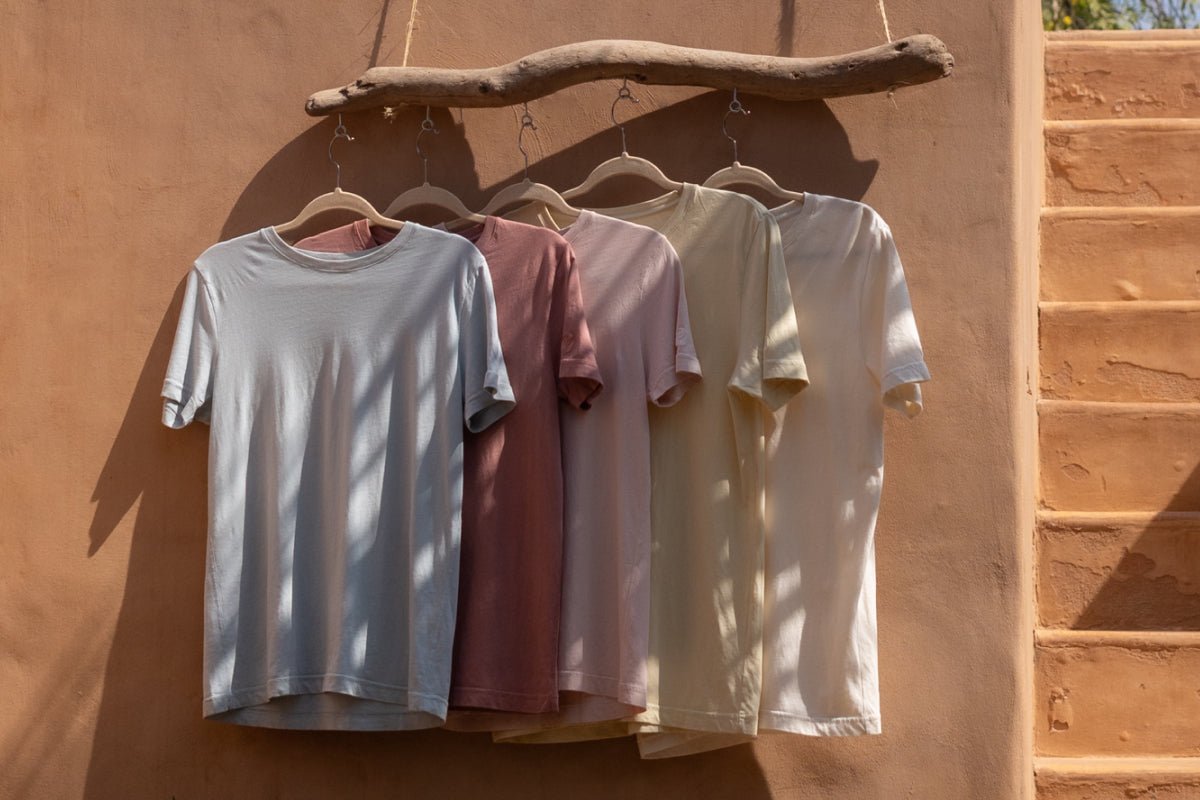 Clothing & Accessories
Clothing & Accessories
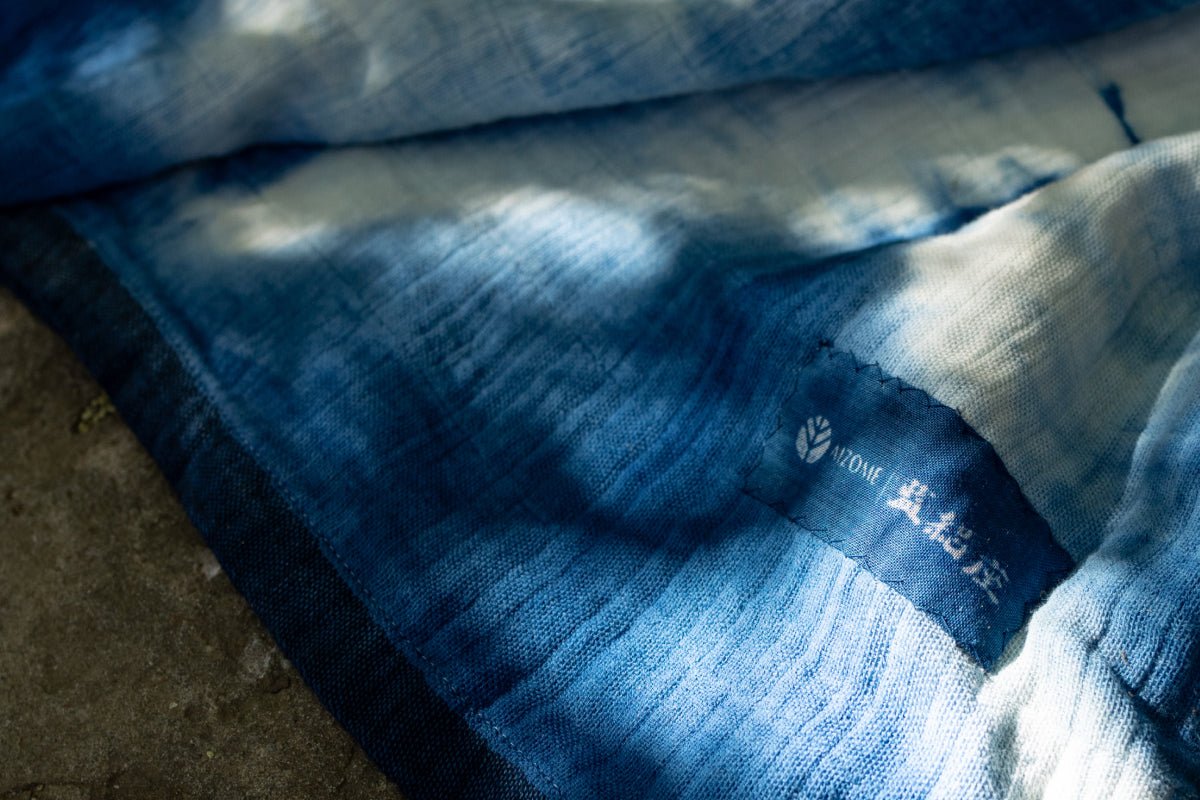 Artisan Line
Artisan Line
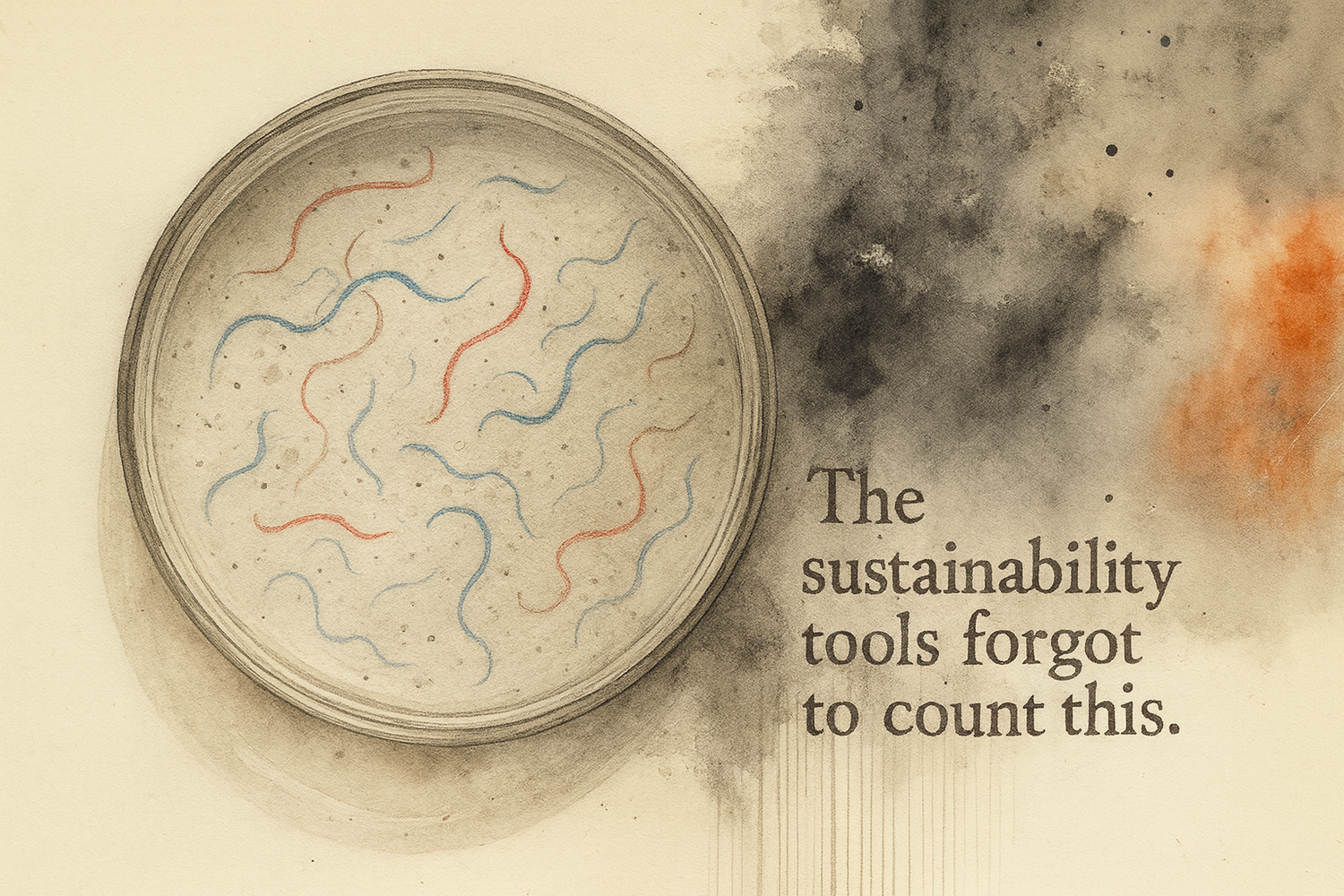


Leave a comment
All comments are moderated before being published.
This site is protected by hCaptcha and the hCaptcha Privacy Policy and Terms of Service apply.